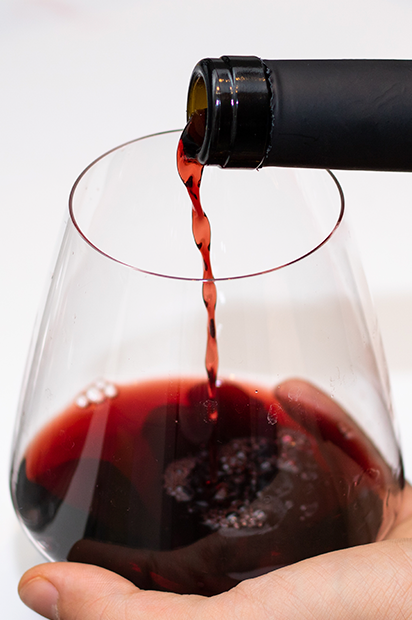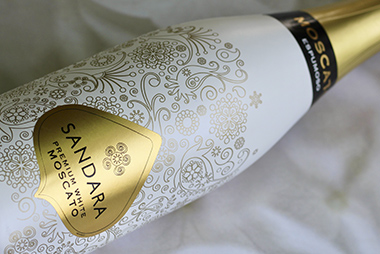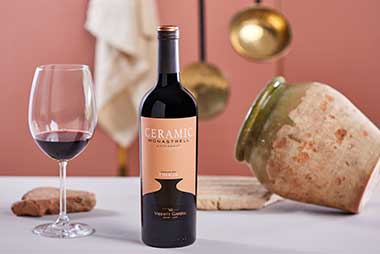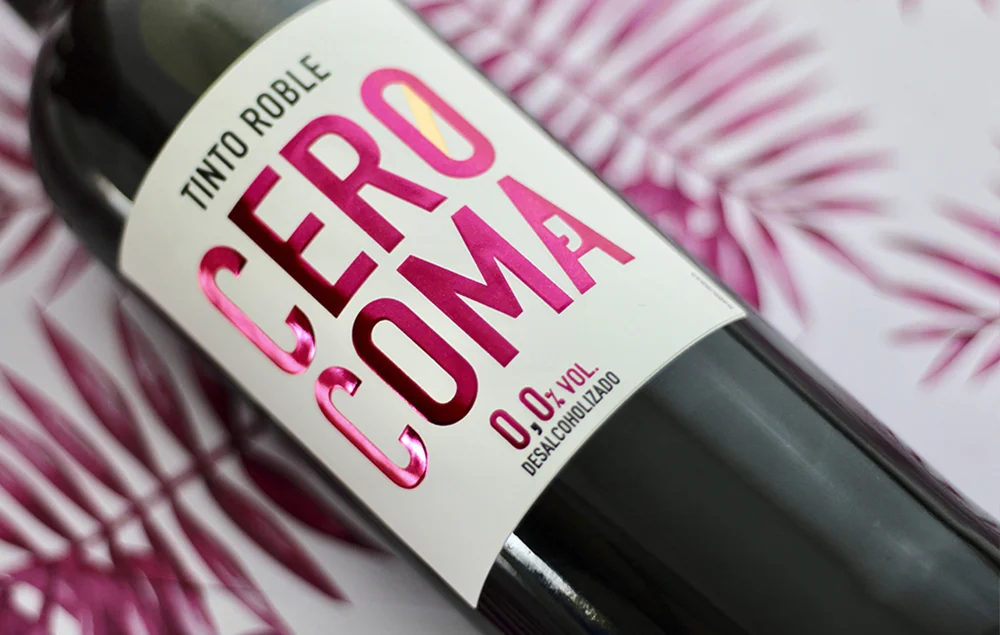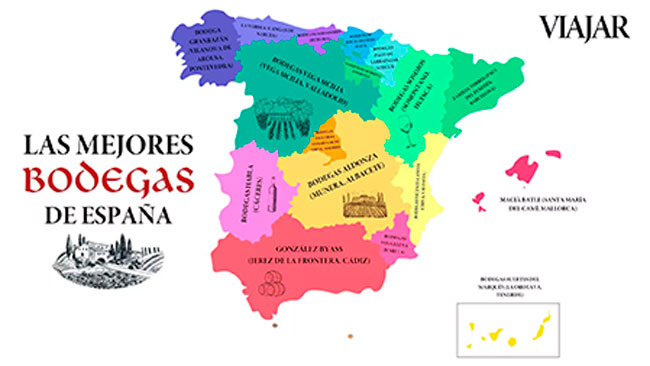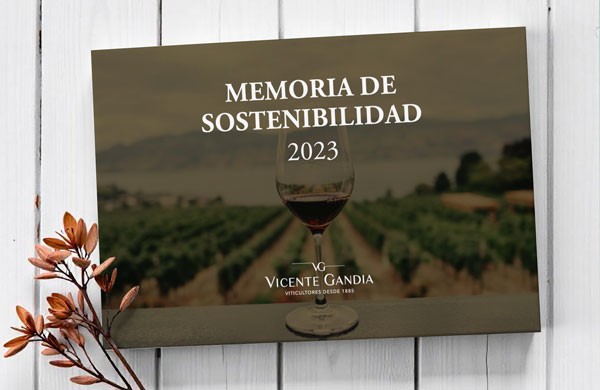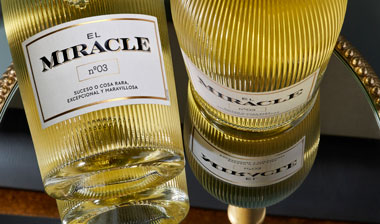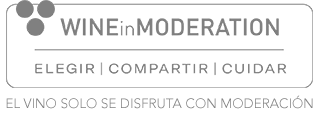We can see the birth of our wines since they are only the fruits of a plant until they are finally bottled. With all the effort and affection that we put into it, our wines will always be the best in the world for us.
But for you, my opinion may not have any value, which is completely normal. For this reason, all wineries look for an external, objective and professional perspective that certifies that our wines are good, hence the need for Wine Competitions.
There are Wine Competitions all over the planet. Some with a more local character, others with an international vocation. There are as well generic and specific contests for the most international varieties.
We respect any point of view and opinion but we understand that we must sign up to the most demanding competitions and compete against the best. That’s is why we submit our wines to international challenges with a great trajectory and prestige, endorsed by organizations such as OIV (International Wine and Vineyard Organization), VINOFED (World Federation of Oenological Competitions) or UIOE (International Union of Oenologists). In this type of competition, the number of wines presented is usually between 4,000 and 10,000 references. Wines coming from more than 20 producing countries from 5 different continents, that’s why getting a medal is quite an achievement.
And why has value a medal in a wine?
For us it has a great emotional value since it’s a recognition of our work. For you, it can be the guarantee of being in front of a great wine that has been evaluated by a professional and impartial jury.
Surely there are many unbelievers who say: “The contests and medals are all rigged” but they are wrong. The most prestigious competitions take their reputation very seriously and take great care that the entire process is done in the most transparent and objective way possible.
Saving the differences between the organization of the different international competitions, all of them keep a strict control of the participating wines. From the registration, which not only asks for detailed information on the production, vintage, varieties, origin, etc… of each wine, but it must also indicate some physical-chemical settings that can easily demonstrate the identity of the wine and avoid any attempt at fraud.
Normally, 3 to 6 bottles of each wine are sent:
- 1 bottle for the jury’s tasting
- 1 or more bottles as “substitutes”, in case a problem occour before or during the tasting.
- 1 or more bottles for archive. This serves to be able to verify, re-taste or analyze in case of any dispute or claim at the discretion of the jury.
The standard model is through a “blind tasting”. The bottles are hidden in opaque sachets that prevent the taster from seeing the label. They are only identified with a sample number and thus, each member of the jury can only evaluate the organoleptic characteristics of the wine, without conditioning factors.
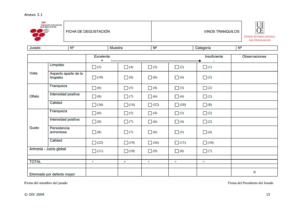
Ficha de degustación Norma OIV Fuente: RESOLUCIÓN OIV/CONCOURS 332A/2009 https://www.oiv.int/public/medias/4663/oiv-concours-332a-2009-es.pdf
In general, the juries are made up of professionals from various branches and different nationalities: winemakers, journalists, sommeliers and specialized retailers. Depending on the volume of registrations for each contest, the number of members of the jury may vary, even reaching more than a hundred in some cases. This guarantees an impartial and plural evaluation criterion.
Most of the highly prestigious competitions follow the OIV standard that establishes the conditions under which the competition is to take place. For example, it establishes the number of samples to taste per day and member of the jury, the order of tasting according to categories:
- Sparkling whites
- Still whites
- Sparkling rosés
- Still rosés
- Sparkling reds
- Still reds
- Wines under veil,
- Naturally sweet wines
- Ice wines
- Liquor wines,
- Mistelas.
Source: RESOLUTION OIV / CONCOURS 332A / 2009 https://www.oiv.int/public/medias/4663/oiv-concours-332a-2009-es.pdf
Even the temperature of each sample:
- White and rosé wines: 10/12 ° C
- Red wines: 15/18 ° C
- Sparklings: 8/10 ° C
- Naturally sweet wines, ice wines, liquor wines and mistelas: 10/14 ° C
- Wine origin Spirits: 12/16 ° C
In all cases, it is essential that all products of the same type, in the same session, are tasted at the same temperature.
Source: RESOLUCIÓN OIV/CONCOURS 332A/2009 https://www.oiv.int/public/medias/4663/oiv-concours-332a-2009-es.pdf
In recent years and as a consequence of the pandemic, the procedures have been adapted to the situation. The tastings continue to be face-to-face under the control of the organization and respecting all sanitary security measures and providing a safe environment for the jury. They have had to postpone dates of celebration, adapt the venues where they are held and modify some procedures but the essence of the competition remains the same.
In conclusion:
It is very difficult to win a medal in an international wine competition and that is why you have to value these types of awards. I don’t mean that if a wine don’t carry a medal attached will not be good, what I mean is that it’s a guarantee when selecting a wine. It’s clear that you should not base your entire purchase decision on an award but it can help you when choosing.

Article written by:
Diego Viudez,
Marketing & Export Assistant

